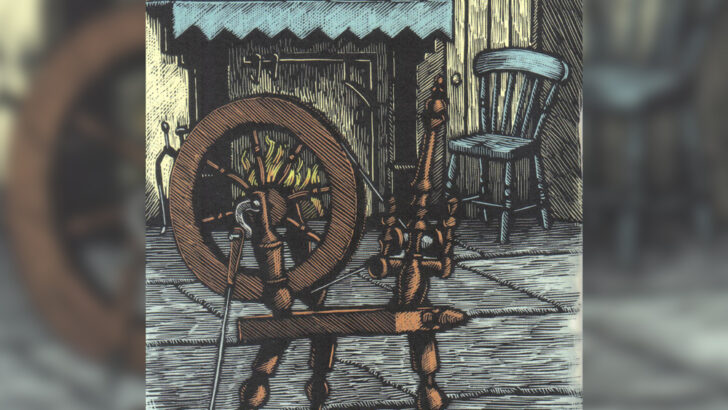A little while ago, prowling in one of the few remaining second-hand book shops in Dublin, I picked up by chance a little pamphlet which I had long known about, but had never seen.
Called simply Irish Folklore and Tradition in a plain grey wrapper, it was issued in March 1938 by the Department of Education, in a small edition (1,000 copies printed by Cahill’s, according to the colophon at the end of the text).
It was intended for the principals of Ireland’s national schools and was to be used to prime them and their older students to take part in a folklore survey for the Irish Folklore Commission. (In effect it is a micro version of Seán Ó Súilleabháín’s landmark publication A Handbook of Irish Folklore issued in 1942.)
The students were requested to ask their older folk at home, basically their grandparents, but also aunts and uncles, what they could remember locally about specific topics of folklife and folklore.
These were written out in school copybooks like an extra special school essay. The copies ended up in an archive where they have long been consultable. Now they are all on line, and they make for some of the most interesting reading we have about our local parishes.
John Creedon, so well known as a popular broadcaster, has selected from these records an array of tales and topics from the old days. Artist Brian Gallagher has provided a set of lovely chapter openings which add greatly to the attraction to the book.
Rigour
The Folklore Commission often seemed only to be interested in collecting folktales in Gaelic, but having been trained in Sweden where these things of the past were treated with true scientific rigour, their handful of workers were also interested in the details of daily life, in houses, chairs, beds, carts, gates, local legends, everything in fact pertaining with how people lived in the countryside.
John Creedon’s new book is a selection of what is in the collection for the entertainment of a now largely urbanised readership. To learn more about Irish folklife as a whole the very best books to read are those of E. Estyn Evans of Queens University, such as Irish Heritage and The Mourne Country, true classics of Irish literature, some of the most important books of our recent culture.
John Creedon’s purpose is to present a selection of the material, arranging them by a different set of topics from those in the booklet. He frames each section with an introduction which sets it up for the present day readers, most of whom will be quite unconnected with the life being described in the extracts that follow.
They certainly make fascinating reading, when one considers the age of the reporters. But there is also something deeply moving in these young voices of nearly a century ago, some of whom may be from your parish.
In the booklet, about a seventh of the topics concerned religion. Creedon devotes only one of his chapters to religion, proportionally less than the booklet. But the topics are well covered. “While there is no shortage of humour and wild claims amongst the entries, the collection underlines the deep commitment of the Irish to matters of faith.”
This, we are told, is about how “the Irish lived long ago”. But in reality this is not so long ago at all; it is certainly within the framework of five generation blocks in which human memory seems to move.
Prof. Evans in his work is said to have “focused on the underlying continuities of history as opposed to the common historical focus on institutional change”. He saw this continuity as going back beyond the Iron age of the Celts to the Bronze and Neolithic ages.
Now that was the life of Ireland long ago. The DNA of the nation reveals it, in all its complexity. But what our folklore reveals today is the last fragments of that Irish culture of prehistoric times when farmers first established themselves on the land that became Ireland, the stock from which some 80% of the present population are descended.
Flavour
A flavour of this can be found in Creedon’s pages, but that continuity deserves more attention to make the readers of today aware that they too belong, not so much to the old days of their great-grandparents, but to something far more ancient, indeed to ‘the working classes’ in the days of the Celtic nobility, whether they like to accept it or not.
The ‘Schools Collection’, archived in UCD, can now be accessed parish by parish on the site of Dúchas at www.duchas.ie.
An Irish Folklore Treasury,
by John Creedon
(Gill, €24.99/ £18.99)


 Peter Costello
Peter Costello A cottage layout in the old days.
A cottage layout in the old days. 